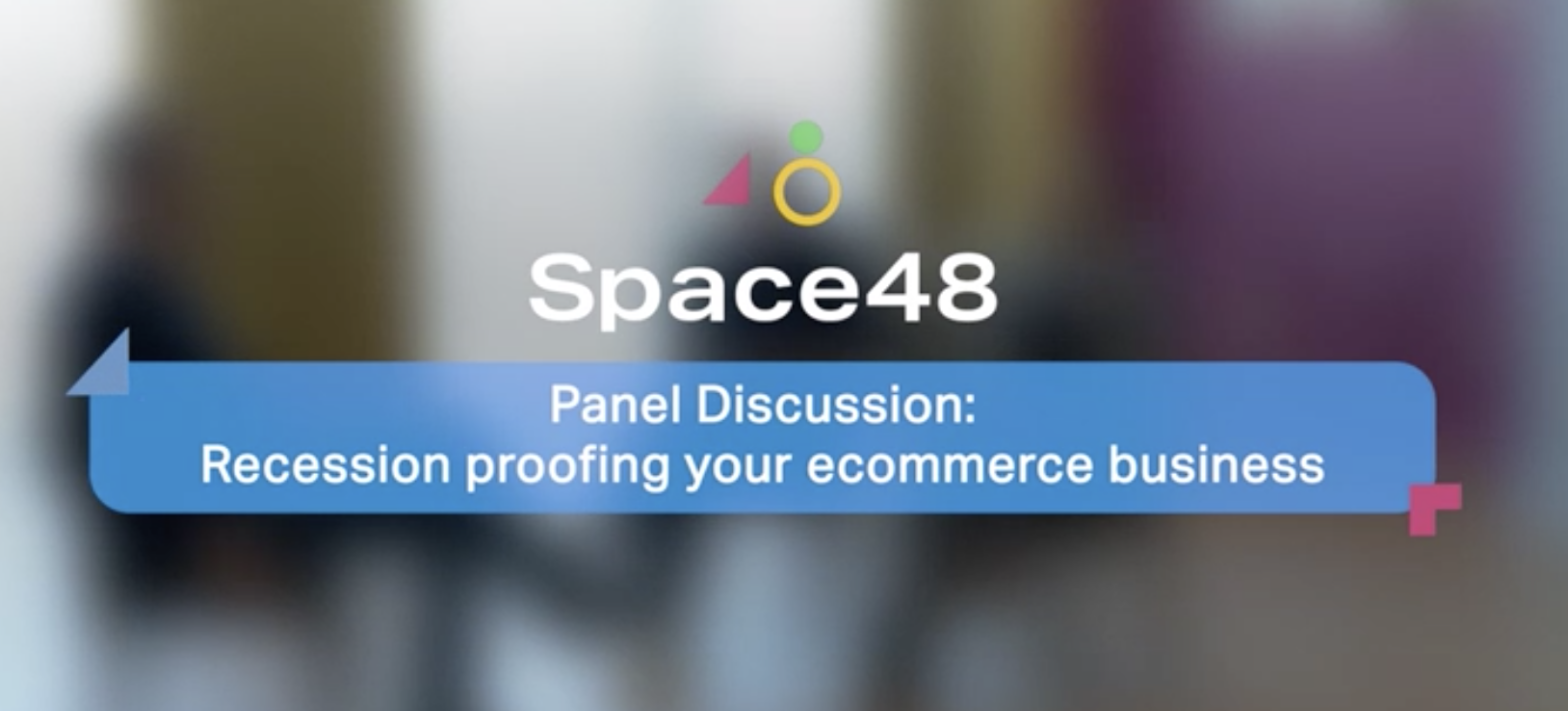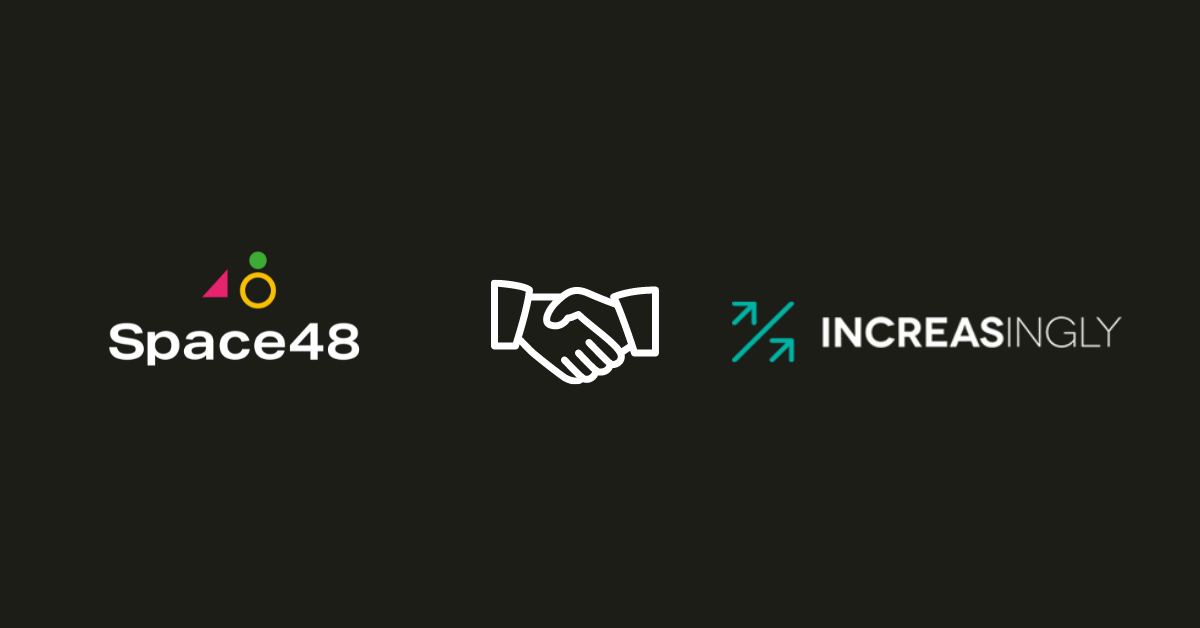
Your project technical specification
Tech spec advice to help kick start your project
So, you’ve finally had your budget signed-off for your new eCommerce site, chosen an agency from the ones that pitched and now you’re excited to get things going. You’ve had the kick off meeting, even seen the designs, but now your agency want you to sign-off on your technical specification before they will put keys to keyboard.
You’re presented with a 100-page document full of technical language that goes into granular detail about exactly how the site will function. If this is the first time you’ve seen a tech spec, it can be quite daunting.
What should you be trying to get out of this part of the project?
Do you need to pore over the details or should you be flexible? Do you need to have everything in writing or can you take some things for granted? This depends entirely on your agency, or more specifically it depends on how they work. First of all I don’t believe any agency tries to catch anyone out with a tech spec. So you shouldn’t be worrying that anything has been deliberately missed in order to add further costs later.
However, you need to be aware that if something is missed out it’s a possibility that you will have to go live without it and then have it added at a later date. Whether your agency will charge you or not will depend on what has been missed.
I would suggest being honest from the outset. If you’ve not been involved in a tech spec before then tell your project manager. Rather than trying to understand and sign off the entire document and functionality, ask if you can sign it off in sections. It’s important to see it as a document of understanding, your agency is your partner during this process. You’re responsibility in this is to explain the behaviour you are expecting from your site. It is then your agency’s responsibility to translate that into a language both parties can agree on.
What your tech spec should achieve:
Your tech spec should remove any grey areas and give you the opportunity to ask all the questions you need to. The reason agencies get grumpy when unexpected development requests come in is because they may have to rewrite a lot of what they have done to facilitate this change. Agencies use the word ‘change’ to describe something they are being asked to do that is either different or goes beyond what was asked of them during the technical specification stage. Hence the reason they feel justified in asking you to cover the further costs. If the budget was agreed for X and then they are asked to build X+Y, it only seems fair.
The strange thing is that technical specifications are often seen as the domain of the agency. In reality, it should be a shared document meeting a consensus through negotiation. Your input is not just a nice to have, in many cases it is vital to achieving a successful project.
At Space 48, we have a wide range of customers. Some are quite new whilst some are older businesses that have successfully moved into eCommerce. The similarity between them all is that they know their businesses better than we do. And by extension, they know what their websites need to enable their customers to do.
Two examples of when our customers have provided vital input during the technical specification:
Example one: Understanding sale versus clearance
One client had a very specific requirement in terms of sale items. Usually for us (and Magento), a sale item is designated by a product sold at a price less than the full price. It’s simple enough. A lower price than the RRP is inputted to a sale price field and Magento can be leveraged to power a robust sale section. In this instance however the client ran two types of sale, permanent and temporary. A temporary sale was the same as a normal sale in Magento and they wanted to sell these products alongside other full price goods in their standard categories. It would typically be 10% or 20% off a product for a short period of time.
A second type of sale, a permanent sale or clearance, was also used where a product would be reduced in price until there was no longer any stock left. This wasn’t sold alongside other products but in a special clearance category. This had the added complication that when a product was placed on clearance, a simple product associated to a configurable, it was unassociated from its parent so that the user only shopped simple products in clearance.
This entire functionality was based on the client profiles the business had and the way their shoppers bought their product. Without their input the sale section we might usually build simply wouldn’t have sufficed.
Example two: Designing with your customer in mind
We have some customers who sell specialised high end items. When we went through a process of building a responsive theme for one of their Magento sites, the customer was very involved in the process as they had built strong personas of who their client base was. This had different and specific requirements from Desktop, through tablet and down to mobile.
In terms of the technical specification this meant setting out the wireframes so that as the pages responded down to mobile the hierarchy of pertinent information was correct at every breakpoint.
It wasn’t technical input we needed but their experience of how their customers shop and what information they deemed priority.
In conclusion
The tech spec isn’t a one-sided presentation of what you are going to be getting for your money. It is your opportunity to make sure your agency has understood what it is you are trying to get out of the project and your best chance to ensure the project is going to be a success. Don’t be afraid to ask questions and above all else don’t allow the project to start until you are happy with the technical specification. Better a slightly delayed project than the realisation you will need to make change requests halfway through.





